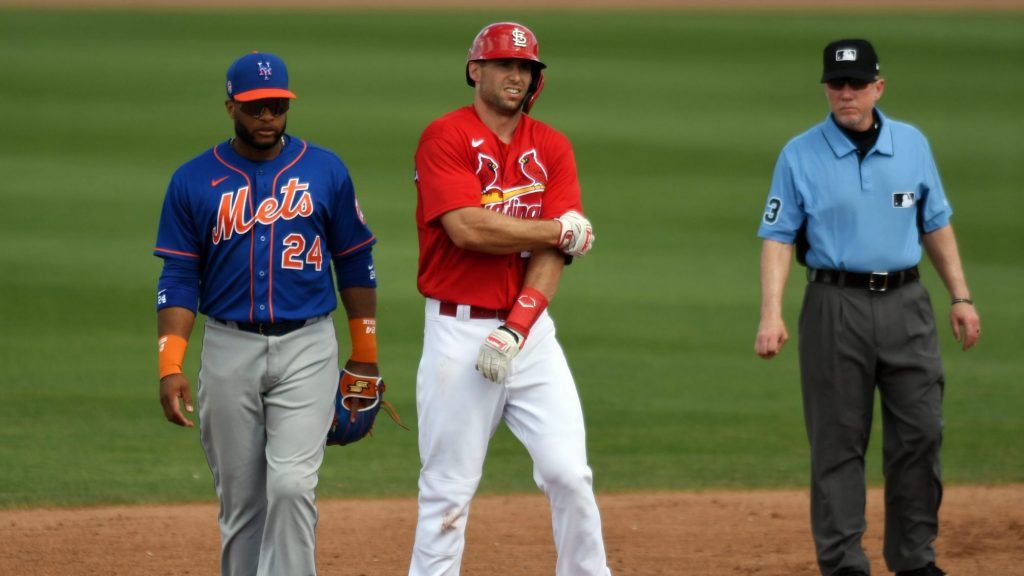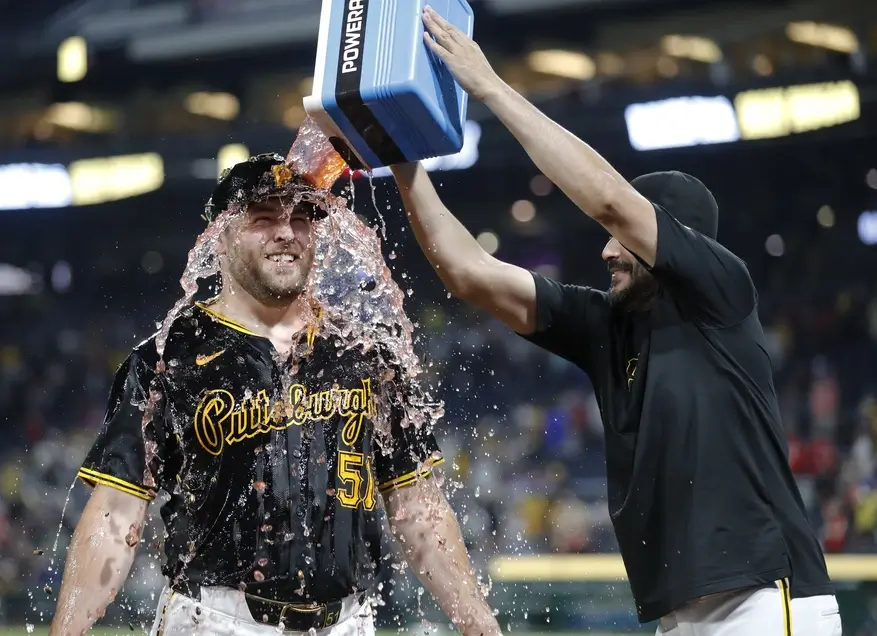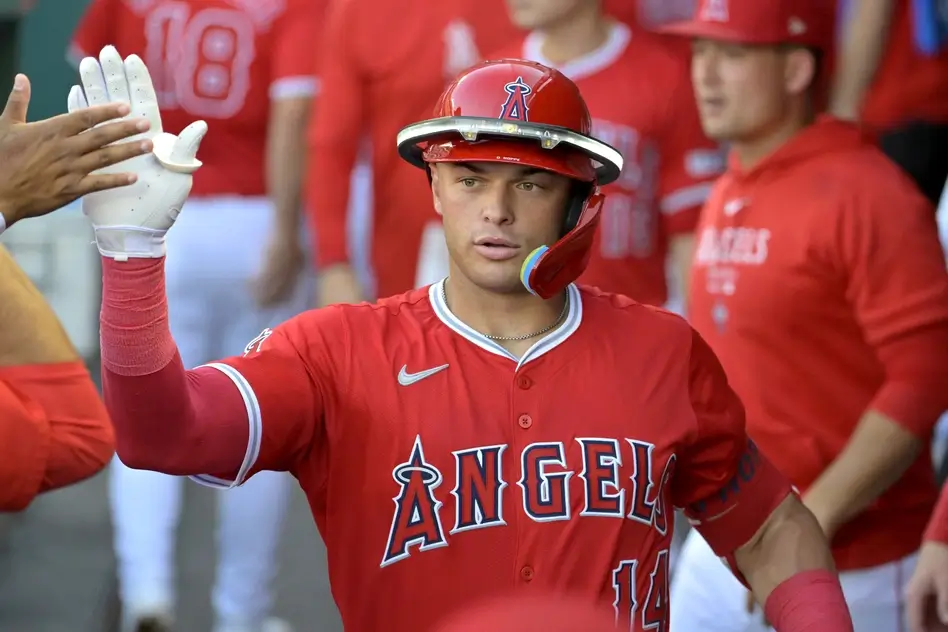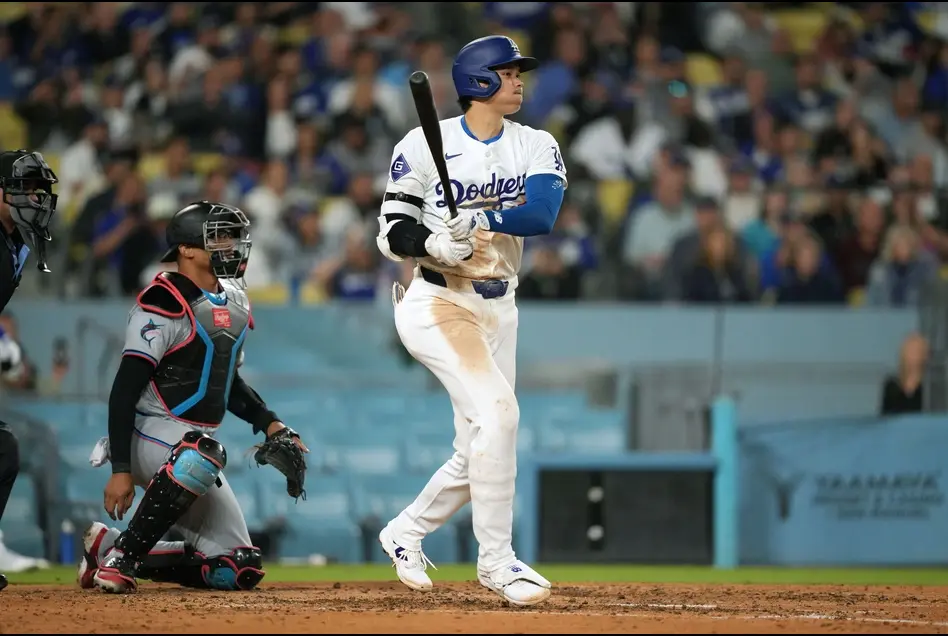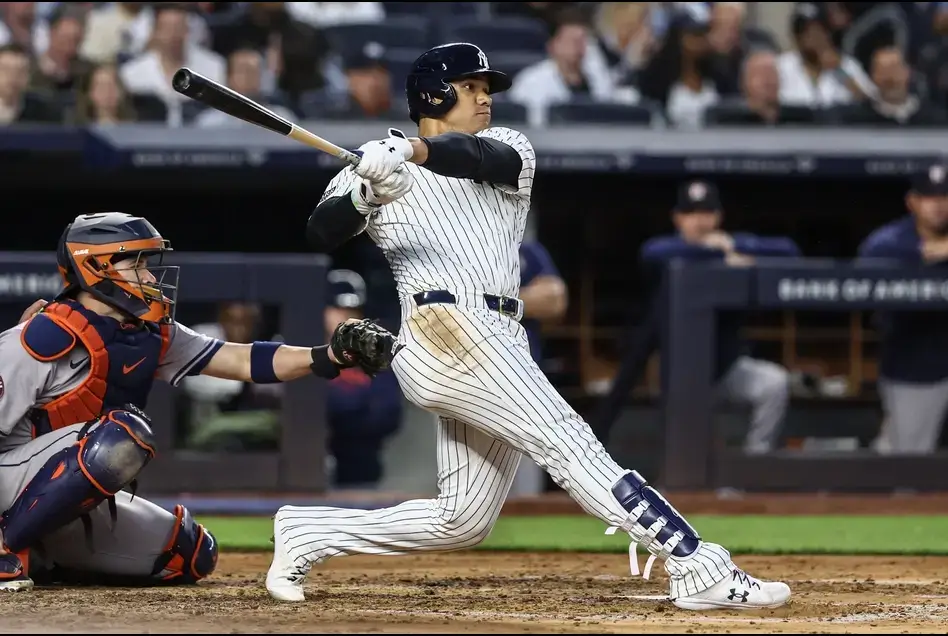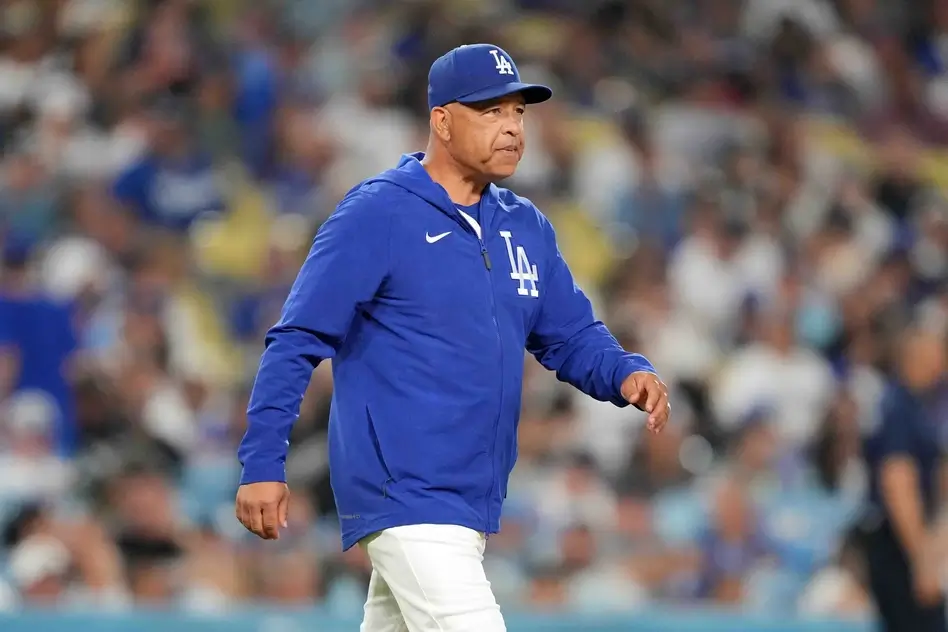30th July 2020, Houston.
Edwin Rios of the Dodgers leads off the twelfth inning with a home run. A normal event, except MLB history had been made. Rios had hit the first leadoff two-run homer in Major League history, owing to the new extra-inning rule.
The pandemic has necessitated numerous changes to the way baseball has worked in 2020, and alongside 7 inning double headers, the change with the most mixed reaction was the addition of a runner on second base in all innings after the ninth.
The intentions of the rule were two-fold, to reduce the chances of 4 hour+ games which are not helpful in reducing time spent at the ballpark in close proximity to each other, and to stop pitchers being overworked after an abbreviated summer camp going into the season. The challenge of fitting 60 games into 66 days was also considered.
Fangraphs have analysed the number of games that go into extra innings, concluding that on average one game a day would go beyond nine, or 8.6% of games.
Preventing this will be useful, but 73% of games in extras end before the 12th inning, and that a really long game, like the 19-inning benchmark from 2019, is ultra-rare, only 84 over 19 in Major League history.
These numbers suggest that the issue of extremely long games is likely overstated, but the benefits in this season of even stopping one such game is worth the outrage of traditionalists.
The runner on second opens up several tactical options for managers which will be very watchable. A good bunt or a productive out can get the runner to third, setting up a chance to score the runner on a sacrifice fly or a ground ball. These situations produce exciting plays at the plate and mean extras will be both shorter and likely more dramatic.
There is also a question of intentionally walking the leadoff man to set up a double play, and the extent to which the visiting team is aggressive to prevent a situation where the home team can manufacture the winning run by bunting.
The probability of scoring at least a run with a runner on second is around 60% according to historical modelling, with an average of 1 run scored by teams in that situation. One issue is that since both teams have the same opportunity, both teams can theoretically force a run in and continue the game as it was before.
The manager of Minor League Gwinnet Stripers pointed this out after the introduction of the rule, saying that if you execute you score a run, with not much the defence can do about it. Despite this, 75% of games finished in the 10th in the two years of the rule in the minors, with just 43 games going more than three extra innings, compared to 346 in the preceding years. The fear of each team playing safely for one run seem unfounded.
Going forward, it remains to be seen if the new rules implemented this season will endure. The universal DH seems unlikely to disappear, and likewise, I doubt we see the permanent implementation of seven-inning doubleheaders.
The extra-inning rule is in between the two. In 2017, commissioner Rob Manfred said he did not envisage the rule in the majors, suggesting the man at the top is not a fan of the idea. The justification for the change as mentioned earlier is all related to issues stemming from the pandemic, which hopefully won’t be a long-term factor. The infrequency of long extra innings games in normal series make them a novelty that are remembered for a while, another strange rare outcome that makes baseball so interesting to follow.


